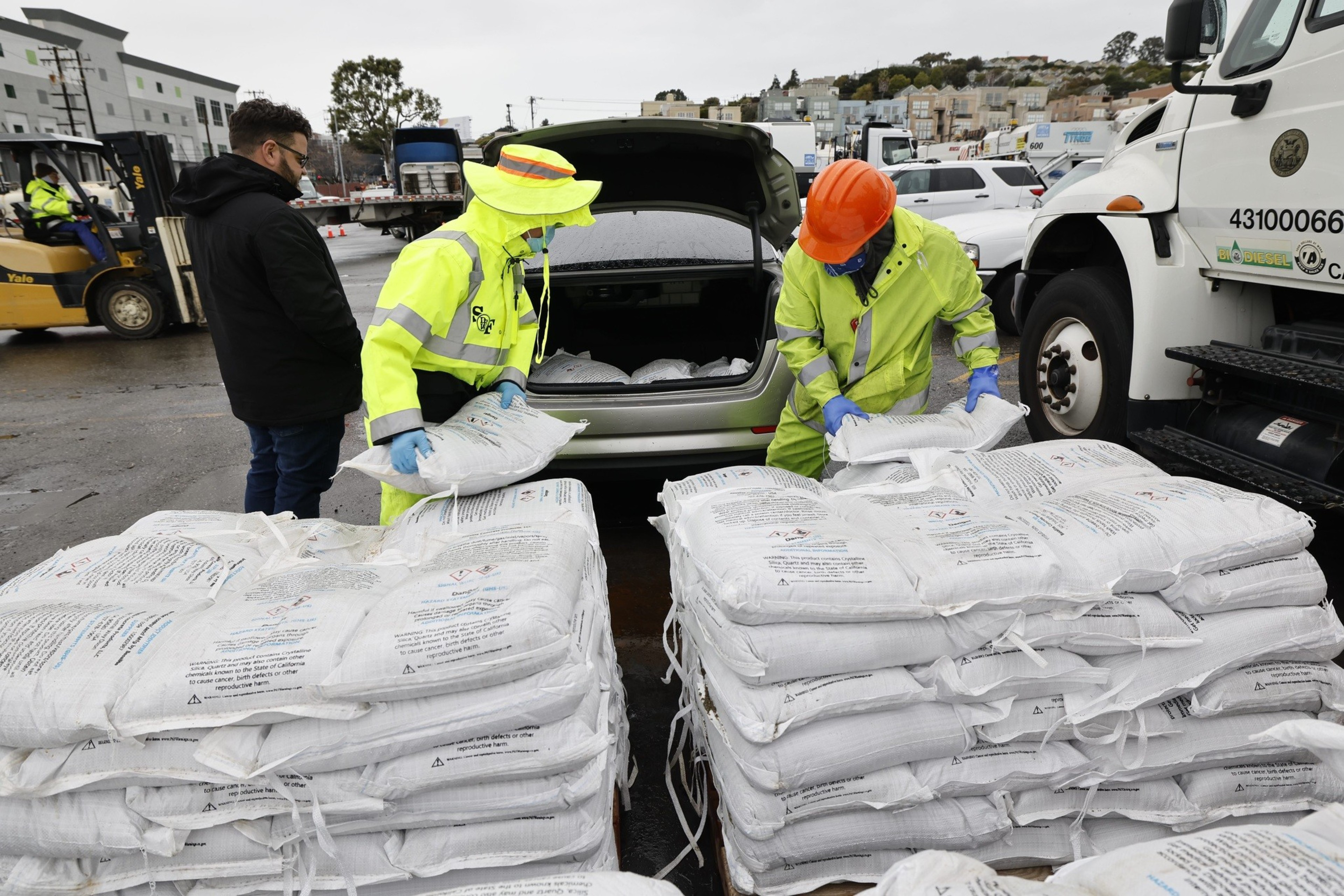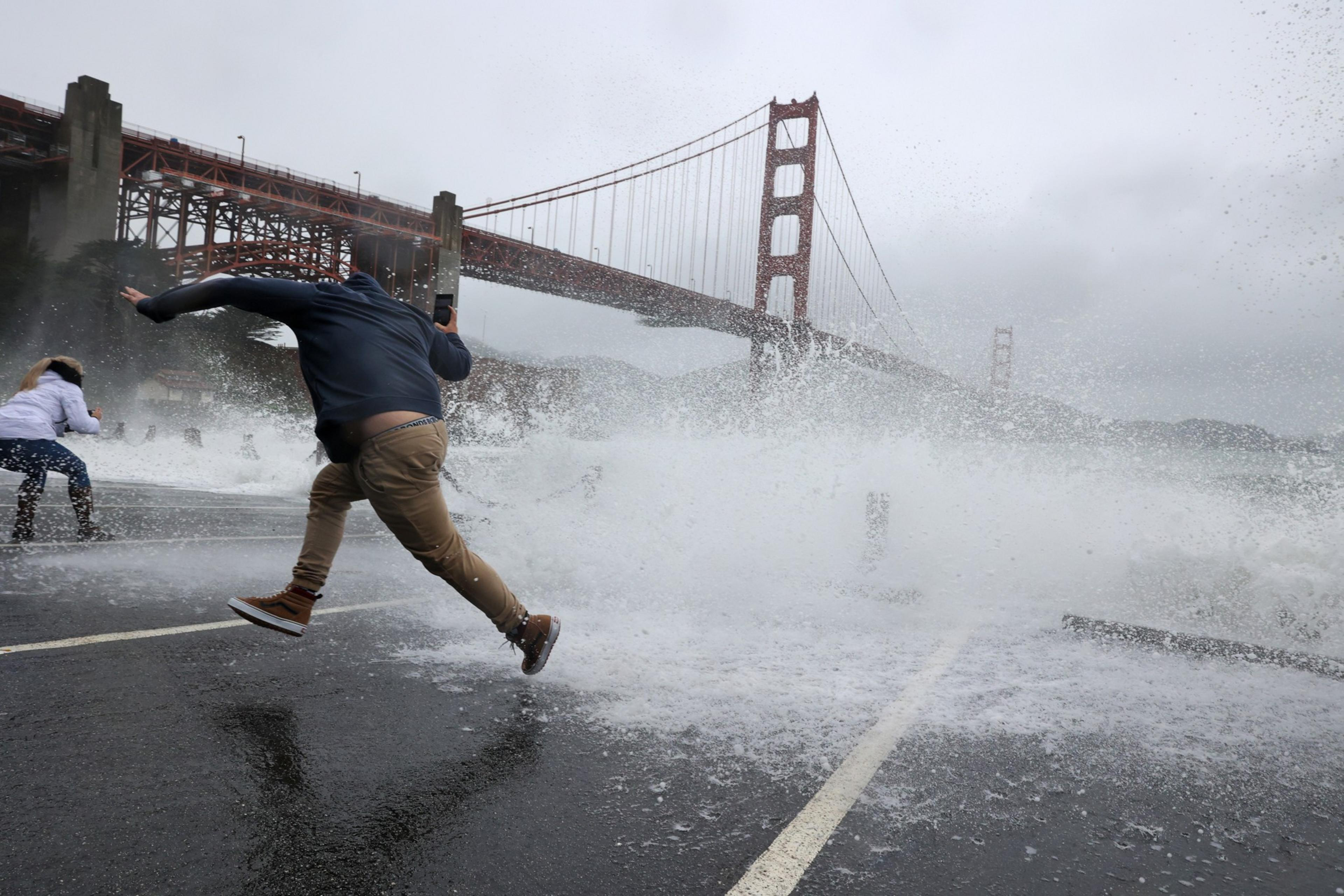San Francisco is woefully unprepared when it comes to combating and mitigating rising seas, which could lead to disastrous flooding, according to the city’s latest civil grand jury report.
In a 71-page report titled “Come Hell or High Water,” the jury—a civilian oversight body of 19 San Franciscans—details how a precipitous increase in atmospheric rivers against the backdrop of vulnerable infrastructure and poor communication across city departments will inundate San Francisco’s low-lying neighborhoods. Overall, the jurors took issue with a gaping hole in communication with the public conveying the threat that rising seas pose.
“The issue at large needs more attention,” Ralph Lane, a member of the jury, told The Standard. “Climate change and sea level rise is gradual, so there’s not gonna be a cataclysmic event like an earthquake that can focus people on climate change adaptation, which is why transparency is one of the bigger pieces of our recommendations. There are going to be winners and losers, so it’s gotta be done in the sunshine.”
As the intensity and frequency of atmospheric rivers climbs due to climate change, sea levels are projected to rise (opens in new tab) as much as three-and-a-half feet by 2100, according to the National Oceanic and Atmospheric Administration. The city’s wastewater system could not “manage that change alone” without the ability to direct water elsewhere, the San Francisco Public Utilities Commission reported in December 2022. This could result in flooding in areas like SoMa, the Inner Mission, Civic Center and the Western Addition. Additionally, an increase in storms leads to more saturated soils, which can lead to landslides already seen statewide.

In 2021, the mayor’s office created ClimateSF as a partnership between the SFPUC, the Port of San Francisco, the Planning Department, the San Francisco Environment Department, and the Office of Resilience and Capital Planning to build a nexus of environmentally resilient and adaptable programs citywide.
However, the grand jury’s report found that while the group has created projects that identify vulnerable points, it lacks the thrust to implement these projects due to poor communication and absenteeism. The directors of the Port and SFPUC, the agencies that manage flooding, only attended one meeting together in all the years reviewed by the civil grand jury.
“Good ideas were discussed at the staff level; however, by not attending staff-level meetings, departmental leadership did not then develop ideas for implementing them,” the report reads.

The Office of Resilience and Capital Planning, which oversees ClimateSF, will publish a formal response to the report within 60 days.
“We appreciate the civil grand jury’s work on this and will closely review the recommendations,” a department spokesperson said. “To meet our climate goals, climate resilience must be embedded into every department’s work. While there’s still work to be done, San Francisco has been a nationwide leader on climate resilience.”
Since ClimateSF’s launch, the city has moved forward on several citywide initiatives to fight climate change. Among those are the Ocean Beach Climate Adaptation Project, a major armoring project that will turn parts of the Great Highway into a park, and the Climate Adaptation Plan, which cuts a path toward net zero greenhouse gas emissions citywide.
